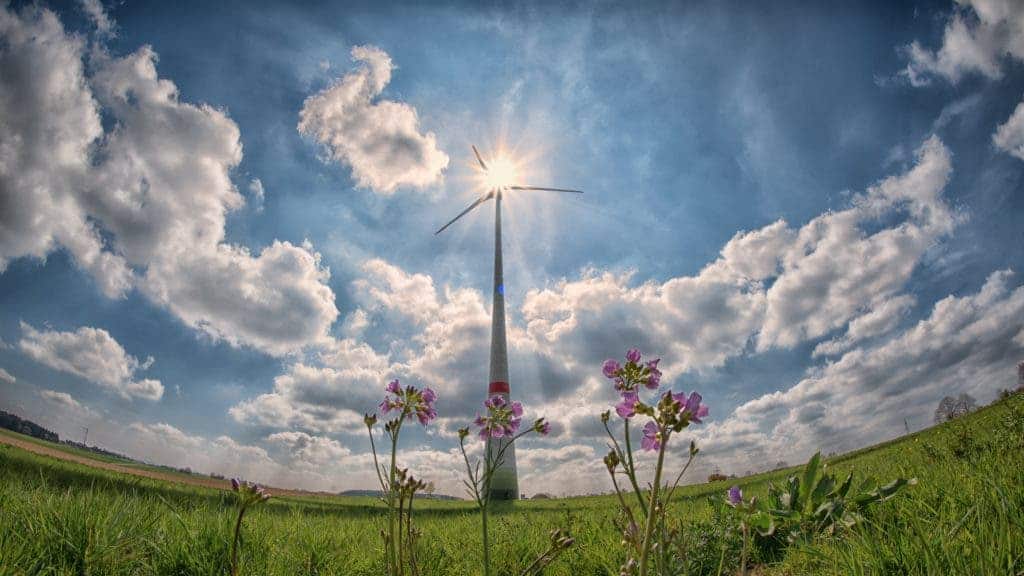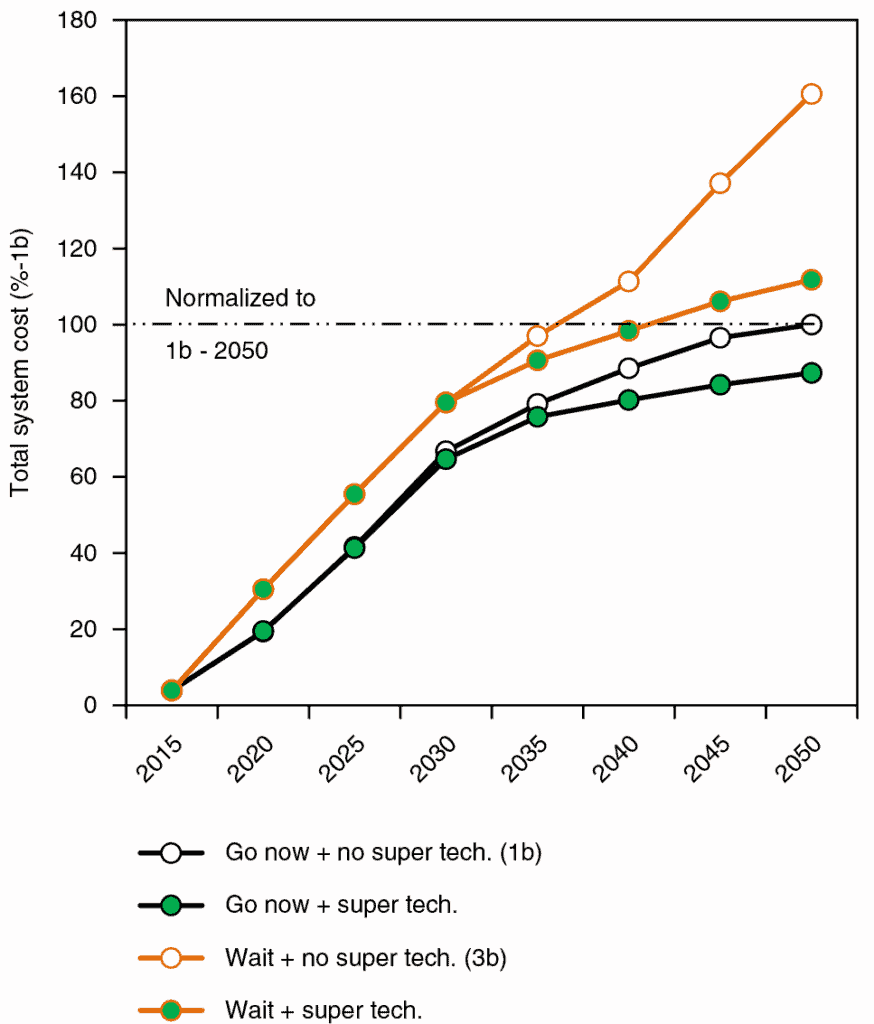Adoption of the renewable energy systems we have today, rather than waiting around for better and cheaper ones, will keep costs down in the long term.

A few exceptions notwithstanding, most nations in the world have officially pledged to cut down on greenhouse gas emissions. The concerted effort is meant to counter, or at least limit, global warming. One of the most significant measures that countries can take towards this goal is to ditch fossil fuels in favor of renewables in the energy sector.
However, here’s where the consensus ends, and the debate begins. Some think it’s better (financially) to make the change right away, others hold that we’re better off waiting for these technologies to refine some more. But only one side of the debate can be right. According to a new study published by researchers from the Imperial College London, it’s the former one.
Spend to save
Fossil fuels do have some undeniable advantages over renewables right now: they’re readily available, comparatively cheap, and their use is streamlined and uncomplicated following decades of use. Renewables, in contrast, require higher up-front investment and still ‘feel’ new to the public, making them seem risky.
It may seem, then, that the best course forward is to wait for the price of renewables, like solar power, to keep dropping. At the same time, there’s also a temptation to wait for future “unicorn technologies”, the team writes — technologies like next-generation battery storage, cheaper carbon-capture tech, or more exotic energy-generation systems such as fusion.
But waiting around for such game-changing technology before we change our electrical grids will actually cost us more money in the long term, the team reports. To get to this result, the team used the UK power system as a model. They simulated the behavior of utility companies based on market prices, giving them various amounts of foresight. On one extreme, these companies knew exactly what technologies were being developed, and exactly when they would become available, tailoring their construction plan through to 2050. On the other extreme, they didn’t have any foresight — they tailored their plans and built infrastructures based purely on what made financial sense over the next five years.
All simulations aimed to reduce the UK’s emission levels to match the pledges it made in under the Paris Agreement. Some simulations obtained these reductions by enforcing cuts, while others allowed markets to react to a price-on-emissions scheme. Based on their level of foresight, some utilities delayed shifting away from fossil to wait for unicorn techs, while other simply went ahead with the best currently-available tech — even if they were less price-competitive.

Image credits C. F. Heuberger et al., 2018, Nature.
Going against the grain of folk wisdom, the authors report that good things did not come to those who waited. The simulated companies that delayed transition saw higher total costs in the long term compared to those that pursued an aggressive strategy. Surprisingly, the single most important factor in overall costs wasn’t the appearance of a unicorn — it was how fast companies could make the shift from fossils. For example, utility companies that knew that such a piece of technology would become available in 2035 and waited for it paid more by 2050 than those who didn’t have any foresight but de-coupled from fossil fuels earlier.
But here in the real world, we don’t have the luxury of knowing the future, so let’s see what happened in the ‘no foresight’ case. In this case (the five-year-ahead planning condition), an aggressive strategy was more profitable overall than delaying, regardless of whether unicorn technologies made an appearance or not. In the case where there was no such technology, delaying ended up costing 60% more to hit the same emission targets, or simply failed to cut emissions to the desired levels.
Postponing the shift results in a worse mix of power plants by 2050, the authors explain. Utility companies that delayed the switch generally had to build more power plants than they actually needed to cover demand, and frequently shut down solar and wind generation units — which, in the absence of storage, would only intermittently supply power to the grid. But what’s cheap today won’t necessarily be cheap in 20 years from now, the team cautions, adding that power plants lock up capital investments for several decades.
Those who adopted systems like CO2 capture, battery storage, or renewables had less to pay through to 2050 as they didn’t have to invest in cutting emissions later on, so they had to build comparatively fewer plants. If unicorn technologies did pop up, early adoption was also at an advantage — it makes implementing these technologies cheaper and faster.
The paper “Impact of myopic decision-making and disruptive events in power systems planning” has been published in the journal Nature.


